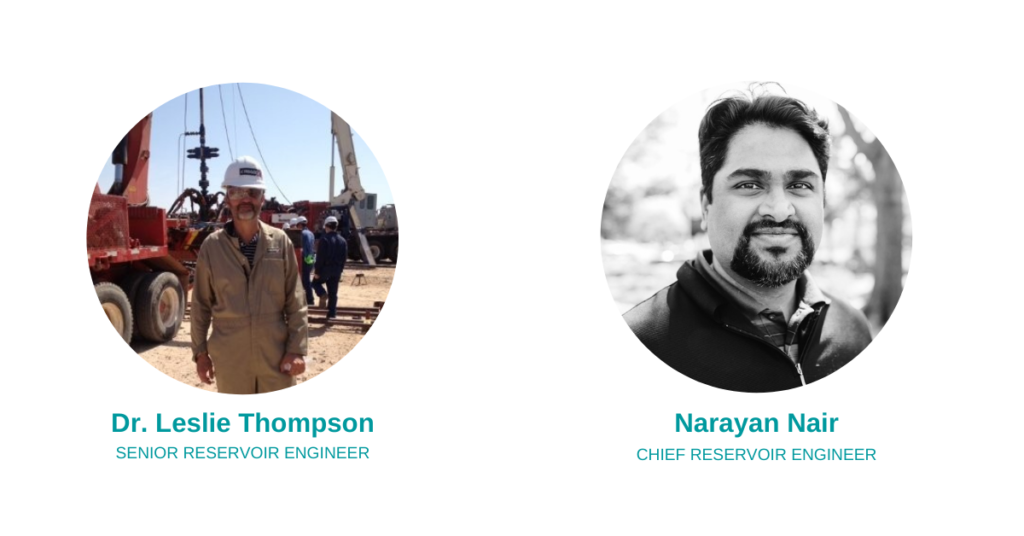We’re proud of the brilliant team that makes up Coterra Energy because everyone brings a passion for innovation and hard work. It’s this innovative spirit that allows us to maintain our position as one of the country’s premier exploration and production companies. Today, we’re highlighting an effort born at Coterra that’s set to make massive changes in reservoir technology.
The Problem: Inaccuracies When Predicting Natural Gas and Oil Reserves
Coterra’s Reservoir Team is responsible for analyzing production data from our wells. They use that data to determine the reserves in place and predict future production volumes. Unfortunately, forecasting methods available today can be inaccurate and unreliable.
Our team was determined to find a better solution for making predictions. So, they developed the Multiphase Flowing Material Balance Method in 2016. Narayan Nair, Chief Reservoir Engineer is one of the company’s most experienced users of the method. Narayan shared, “This method enables us to generate a science-based forecast that keeps us honest and realistic, rather than being overly optimistic and over-promising on what our future cash flow is going to be.” The method was originally created by former Coterra employees Dr. Leslie Thompson and Barry Ruddick. They recognized that this was truly an industry-wide issue and believed that hydrocarbon reserves could be accurately estimated from production data using physics-based material balance techniques.
This Method Revolutionizes the Way We Forecast
Well forecasting is not a new concept. However, forecasting with a method that is rooted in science is revolutionary. Similar scientific methods exist, but they do not allow quick, accurate, or scalable results. “There are scientific methods of well forecasting that exist today, but they are very labor-intensive and require reservoir simulation and very specialized engineers to run them. It’s not something that can be done on a large number of wells in a short amount of time,” said Leslie. “The method we came up with is very fast. You can analyze all our wells within a week. It’s a big step forward.”
In 2018, Leslie, Barry and the Coterra software team developed an app that allowed the method to be used in our daily operations. This was the proof of concept they needed to show the reliability and accuracy of the method. That same year, they connected with Whitson on an unrelated joint industry initiative across the Permian and Anadarko Basins. Whitson is the world expert on characterizing petroleum fluids.
A Partnership Built for Growth
This collaboration came at a time when Leslie and Barry were looking for ways to get their method to a larger audience. Their goal was to make the science and technology accessible to others in the industry. All companies should have the tools to forecast wells ethically and accurately.
“Whitson impressed us with the speed with which they implemented their solutions. They’re very sharp, very cutting edge. They were the logical choice for a partner to continue maintaining and enhancing our technology while we focus on developing our resources,” said Leslie.
An additional component to the partnership included a two-part webinar series. Each segment covers a different piece of the methodology. You’ll find both webinars linked below.
Multiphase Flowing Material Balance Method without Relative Permeability Curves
This segment discusses how the method works to determine how much natural gas and oil was initially in the reservoir.
Linking Multiphase Flowing Material Balance Results to Recovery Factors
This segment focused on creating forecasts that predict how much of the original natural gas and oil we can actually produce.
Coterra is proud to offer an atmosphere that encourages and celebrates this kind of inventiveness. Our employees are doing remarkable things and we love getting the opportunity to show them off. If you’re interested in joining our forward-thinking team, please take a look at our open positions and apply today!

